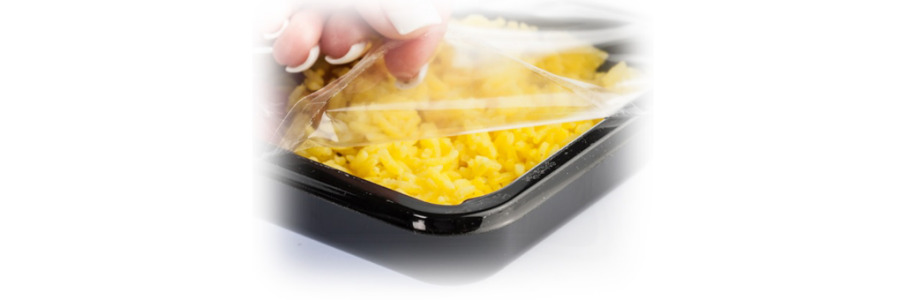

Peel strength is general test performed between two substrates that are bonded together with either heat sealing or adhesive. Primarily this test is performed for adhesive bonding. Because adhesion severely gets affected by conditions of surroundings. For e.g. in humid conditions, the adhesion strength loosen up and starts affecting the content inside the packet. Not only for flexible packaging, many other industries find interesting ways of performing this test.
Let’s take the example of packaged delivered by ecommerce companies. The flexible packing used specially for clothes and footwear. It has a very strong adhesion strength, as tampered seal goes straightway to rejection of parcel. On the other hand, if the seal fails, the contents inside the packet may get spoiled and packaging company has to bear the loss. Also, this affects the reputation of packaging company.
The aim of peel test is to estimate the strength of the material that is used to bond the two materials. The more an adhesive is sticky, the more it has peel strength. A peel tester is used to perform this test. The value measured by the device is used to determine the suitability of the adhesion for the application.
Types of Peel Test
The peel tester offered by Presto performs the test in ‘T’ shape. The substrates are fixed into the fixtures of the machine. Similar to the tensile test; movable lead screw will apply the outward force on the sample to detach the adhesive materials bonded together. It will continue to apply the force until the sample detaches completely. The force applied to separate the bonding will be displayed on the screen. This measurement can be considered as the standard strength of the sample for the lot.
What type of materials can be tested?
This test is majorly used to assess the strength between the bonding of two substrates. The substrates can be rigid, flexible, or both. The flexible substrates can be either rubber, film, thin plastic material, polymers, etc. On the other hand, rigid substrates can be metal, composite or rigid plastics.
What more important here is environmental conditions. It could be combination of pretreatment, temperature, humidity, speed of testing or anything that are defined under the standards issued by the regulatory authorities.
Peel testing gives the accurate measurement of the strength of the seals, adhesives and other form of bonding. This information is invaluable to resolve the failure and optimize the parameters accordingly.
For more information regarding peel strength tester, drop a query.
Related Blogs

UV Chamber simulates sunlight to test material durability against UV rays, helping ensure long-term quality and resistance to environmental damage.

Salt spray test checks corrosion resistance of materials using a salt spray chamber. Essential for quality control in coatings, metals, and finishes.

Hot Air Oven uses dry heat for sterilizing glassware and metal tools, while an Autoclave uses steam under pressure—ideal for liquids and medical items.